If one moment could sum up the Australian Romantic & Classical Orchestra’s recent concert in the Elisabeth Murdoch Hall, it was the opening chord of Peter von Winter’s Octet in E-flat major for winds and strings. It was in perfect accord in all respects. Here was communication at an almost telepathic level. What made this even more astonishing was the fact that the two horns involved were period instruments.
ARCO features an impressive line-up of Australian and international soloists possessing technical virtuosity and deep commitment to the music. “Historically informed” might sound overly academic and cerebral, but the players’ approach is in essence joyful and highly expressive. Kirsty McCahon is familiar to Melbourne audiences for illuminating so many performances with the Australian Brandenburg Orchestra over the last 20 years. Her vitality and eloquent shaping of every phrase was very much in keeping with the approach of ARCO’s Chamber Soloists as they shared the music with the audience and each other.
In accordance with ARCO’s aim to present programs that blend familiar works with those that are less well known, Mozart and Beethoven bracketed Winter’s Octet and a quartet by Vincenzo Gambaro for flute, clarinet, horn and bassoon. Although Mozart’s Eine kleine Nachtmusikcan take on the character of mechanical elevator muzak, ARCO injected a freshness that remade the work and began the concert on an exhilarating note. The nuance and musical imagination of the five solo string players (string quartet plus double bass) revealed new delights for even the most jaded listener. Jakob Lehmann’s stylish playing with its tasteful flourishes was a particularly happy source of discovery.
The fact that both Winter and Gambaro composed operas could be heard in the chosen examples. Of the instruments for Winter’s Octet, Pablo Sosa del Rosario’s flute and Lehmann’s violin acted as prominent voices, with others having their moments in the spotlight. Winter featured two bassoons for the opening of the Adagio that soon became a serene aria for clarinet and a conversation between violin and flute. The final Allegretto had toes tapping to quasi hornpipe jollity. Full of colour and interest, it made a welcome inclusion to the program.
Gambaro’s Quartet also had its interest, especially as it presented opportunities for some remarkable displays of virtuosity. He seemed to ask a great deal of the horn players of his time, expecting them to have the same facility as the wind instruments. Fortunately, Anneke Scott has the wherewithal to actually make music of his demands, thereby helping rescue him from complete obscurity.
Although the Gambaro was most enjoyable, Beethoven’s String Quintet in C major, Storm,quickly reminded us what a truly great piece of music sounds like. With a second viola adding further sonority, it is a fascinating exploration of musical ideas and emotional states. From the unexpected tonalities of the first movement through to the superb interweaving of voices of the second, the swirling mood change of the third and the surges of stormy emotional tension of the final movement, the musicians gave a gripping account of a work that reflects Beethoven’s coming to terms with his increasing deafness.
The audience response to this performance brimming with personality and thoughtful musicality was enthusiastic, but it is a shame that more people have not yet realized that an ARCO event is not to be missed.

